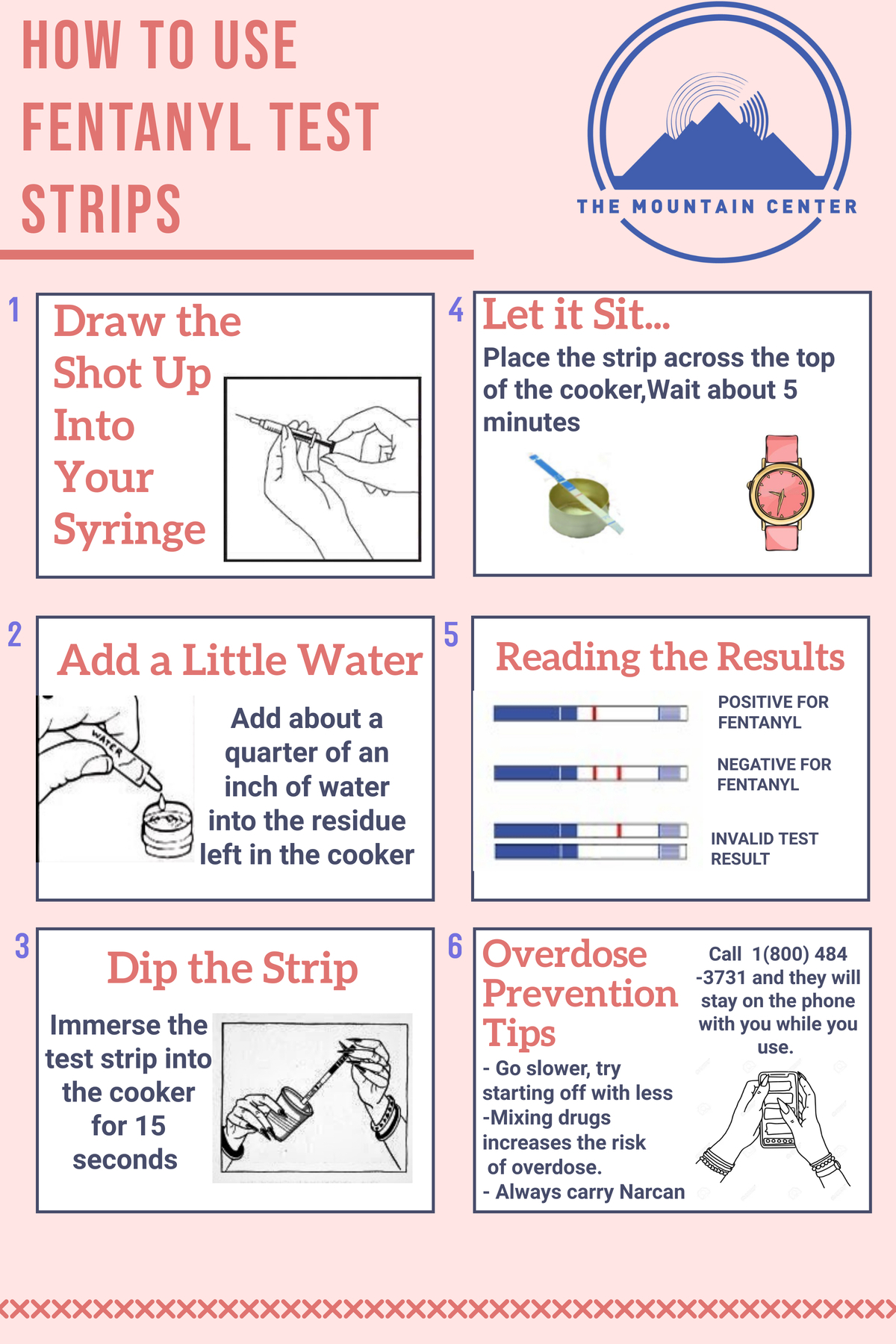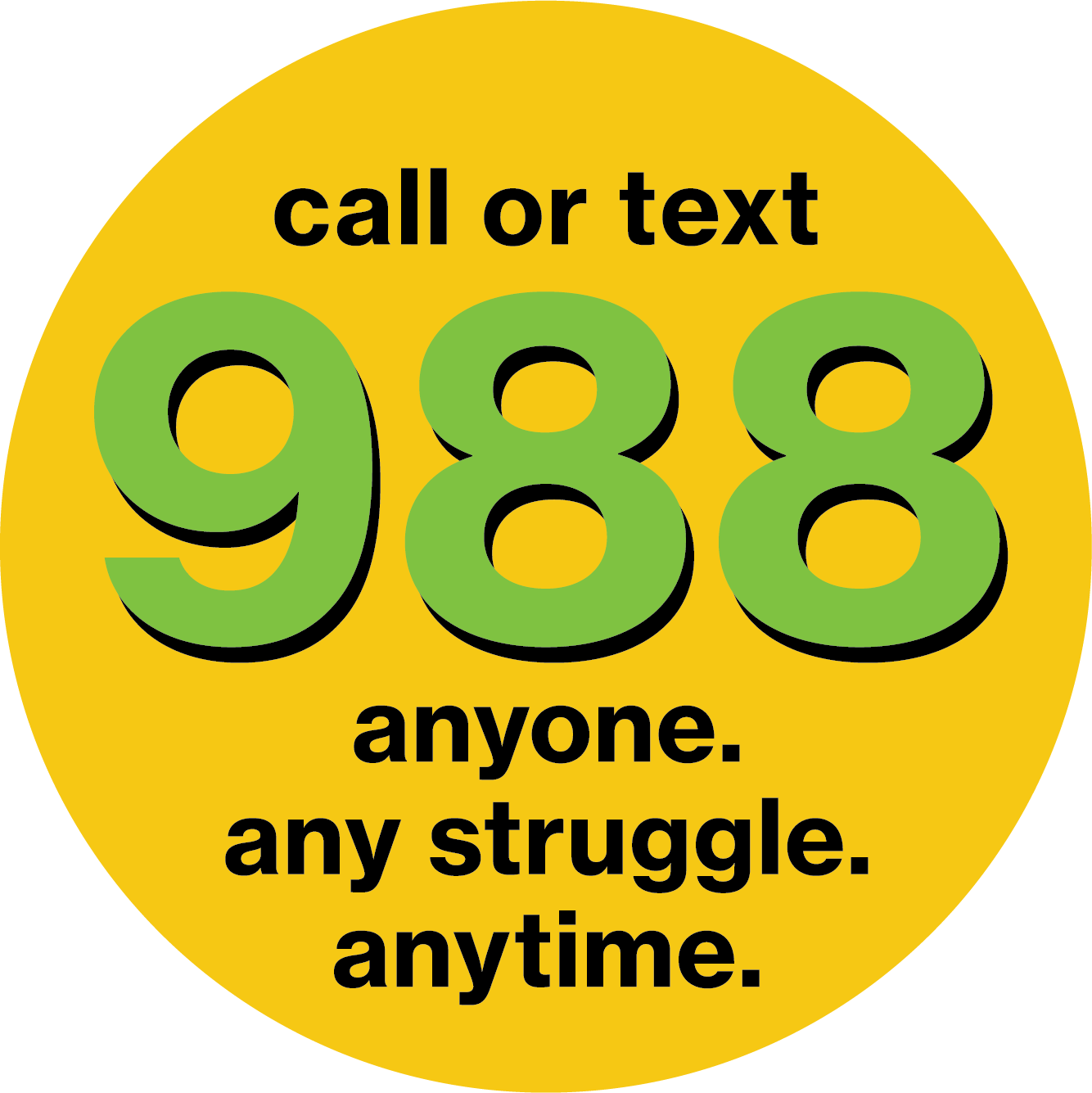Naloxone (Narcan)
Stop an Opioid Overdose – Save a Life
What is Naloxone (Narcan)?
Naloxone (also called Narcan) is a medicine that can save someone’s life during an opioid overdose. It works fast to stop the effects of drugs like heroin, fentanyl, morphine, and oxycodone.
Naloxone is safe to use—even if you’re not sure what kind of drugs the person took. It can help if someone took pain pills, fentanyl, heroin, or mixed drugs with alcohol.
Anyone can see an overdose happen. Would you know what to do?
If you carry Naloxone, you could save a life. If you’re not sure if someone is just high or having an overdose, treat it like an overdose. It’s better to be safe.
Get Naloxone – Finding Naloxone in New Mexico
Contact a Naloxone (Narcan) Distributor Near You!
Qualified organizations and community members can request free nasal spray naloxone kits and have it shipped to you.
They can also provide training on how to use Naloxone (Narcan).
Northwest Region
Adrian Ortiz
adrian.ortizptmi@gmail.com
Miles Bonny
milesbonny@gmail.com
Northeast Region
Miles Bonny
milesbonny@gmail.com
Marina Orozco
marina@themountaincenter.org
Southwest Region
Athena Huckaby
athena@athenahuckaby.com
Southeast Region
Debbie Ortiz
debbie.ortiz.ptmi@gmail.com
Adrian Ortiz
adrian.ortizptmi@gmail.com
Metro Region
Larry Hinojos
larry@healthequitycouncil.net
Ashley Charzuk
ashley@nmhrc.org
Stacy Burleson
womeninleadership.wil@gmail.com
Naloxone (Narcan) Vending Machines
The Health Care Authority is making naloxone (Narcan) free and easily accessible by placing Naloxone (Narcan) vending machines at high-traffic Income Support Division offices, counties with the highest overdose rates, local health departments, emergency rooms, crisis triage centers and harm reduction programs. Check back for more vending machines to be added.
Albuquerque
Serenity Mesa Healing (Crisis and Triage Center) – 3701 Condershire Dr, SW Albuquerque NM, 87121
Turning Point Recovery Center- 9201 Montgomery Blvd NE Ste V, Albuquerque NM, 87111
Carlsbad
LifeHouse Carlsbad – 1900 Westridge Rd Carlsbad NM, 88220
Espanola
Presbyterian Espanola Hospital ER (Presbyterian Health Services) – 1010 Spruce St, Espanola NM, 87532
Income Support Division Rio Arriba County – 228 Paseo De Onate, Espanola NM, 87532
Farmington
Income Support Division San Juan County – 101 W. Animas, Farmington NM, 87401
Hobbs
Income Support Division Lea County- 2120 N. Alto Ste D, Hobbs NM, 88240
Las Cruces
Dona Ana County Crisis and Triage Center – 1850 Copper Loop, Las Cruces NM, 88005
Mesilla Valley Community of Hope (MVCH) – 999 W Amador Ave, Las Cruces NM, 88005
Memorial Hospital Emergency Room (ER) – 2450 S Telshor Blvd, Las Cruces, NM 88011
Las Vegas
Rio Grande ATP, Inc. Las Vegas – 2301 7th Street, Suite A, Las Vegas NM, 97701
Ruidoso
Lincoln County Medical Center (Presbyterian Health Services) – 211 Sudderth Dr, Ruidoso NM, 88345
Santa Fe
La Sala Crisis Center (New Mexico Solutions Crisis and Triage Center)-2052 Galisteo St, Santa Fe NM, 87505
Presbyterian Santa Fe Medical Center Emergency Room (ER)- 4801 Beckner Rd, Santa Fe, NM 87507
Taos
Rio Grande ATP, Inc. Taos County- 105 Paseo Del Canon West, Taos NM, 87571
DreamTree Project – 601 Lovato Place, Taos, NM 87571
Save a Life – Carry Naloxone (Narcan)
Thousands of New Mexicans have been saved from overdose by having Naloxone ready. You can help too.

Get Naloxone (Narcan) Training – How to Use Naloxone (Narcan)
Community organizations, professional first responders and partners can request free training, including schools, juvenile and adult detention facilities and probation officers, law enforcement, child protection services, substance use disorder treatment providers, federally qualified health centers and community health clinics. Contact a Naloxone (Narcan) Distributor near you to get trained.
Free Training and Education for Everyone About Opioids
Project ECHO at The University of New Mexico Health Sciences Center is partnering with the New Mexico Health Care Authority and Bernalillo County to introduce the Community Opioid Response Education (CORE) program.
The program provides free, virtual training on naloxone administration and harm reduction strategies for everyone in New Mexico, equipping them with the knowledge and tools necessary to save lives. Any New Mexican who participates can receive free harm reduction supplies.
The CORE program offers twice-a-month virtual sessions, open to everyone in New Mexico, including community members, health care professionals, educators and concerned citizens. Participants will receive education and training to understand opioids and addiction, harm reduction strategies, naloxone administration and how to connect with local support networks. Health care providers participating in the program are eligible for continuing education credits.
Anyone in New Mexico interested in receiving CORE training can register through the iECHO portal. During registration, individuals can request free harm reduction supplies, including naloxone, which will be mailed upon completion of the training.
About Naloxone (Narcan) Training & Distribution Hubs
The New Mexico Naloxone Distribution and Training Hub is funded by the Substance Abuse and Mental Health Services Administration (SAMHSA) and administered by the New Mexico Health Care Authority’s Behavioral Health Services Division to prevent opioid overdose-related deaths and unintentional overdoses throughout New Mexico.
In the first three months of 2025: [to be updated quarterly]
- 32,682 Naloxone (Narcan) Kits were given out
- 7,844 People have been trained.o reduce the risk of overdose. The idea behind
- 562 reported overdoses were reversed. The majority of reversals are not reported
Learn How to Give Naloxone (Narcan)
If someone overdoses, give them Naloxone (Narcan), call 911 immediately, and provide rescue breathing until they can breathe on their own.
Harm Reduction
Harm reduction tips for prescription opioids, heroin, fentanyl, and other drugs are designed to reduce the risk of overdose. The idea behind harm reduction is not to stop substance use but to diminish its harmful effects.
Less Risky Use
Harm reduction tips for heroin, fentanyl and other opioids are designed to limit the risk of overdose. The idea behind harm reduction is not to necessarily get rid of substance use but to diminish its harmful effects.
For more information Never Use Alone – Meeting people where they are, on the other end of the line, one human connection at a time. or 1-800-484-3731
Tips for safer use:
- Carry Narcan
- Listen To Your Body
- Test Your Supply
- Don’t Use Alone
- Use Slow

Xylazine Caution
Xylazine is an animal tranquilizer and not approved for use in humans. It is increasingly found in combination with street or illicitly manufactured fentanyl or non-prescription fentanyl.
Harm Reduction For Teens
Safety First, the nation’s first harm reduction-based drug education curriculum for teens is being offered by Bernie Lieving, New Mexico’s State Overdose Prevention Education Coordinator, in Santa Fe and is available to train districts across New Mexico upon request lievinggroup@gmail.com.
Stop the Stigma
Anyone can become dependent on drugs and struggle with opioid substance use.
Family, friends, and the public often have negative feelings about drug use or behavior. Opioid substance use is not a moral failing, and we need to remember that we can all change the conversation and decrease the stigma around drug use and opioid substance use. People with a substance use disorder have a chronic disease of the brain that can be successfully treated, but stigma negatively impacts a person’s willingness to get treatment or health care and can cause significant self-esteem and mental health issue.
No one likes to feel judged or devalued. We must reduce the stigma to encourage people to ask for help and recovery.
- Offer compassionate support.
- Display kindness to people in vulnerable situations.
- Listen while withholding judgment.
- See a person for who they are, not what drugs they use.
- Learn about how drug dependency works.
- Treat people with drug dependency with dignity and respect.
- Avoid hurtful labels.
- Replace negative attitudes with evidence-based facts.
- Speak up when you see someone mistreated because of their drug use.
New Mexico’s Good Samaritan Law – You Are Protected
Call 911 – Don’t Wait
If you see someone overdosing, call 911. Most overdose deaths happen in front of other people. If you act fast, you could save them.
New Mexico has a Good Samaritan Law. That means:
- You will not get in trouble for helping someone, even if drugs are there.
- You can’t be arrested just for calling for help.
- You are protected even if you used drugs, have drug items with you, are on probation or parole, or near someone you normally can’t be near.
You are NOT protected if:
- You have a warrant out for your arrest
- You are doing something else illegal at the time
Never leave someone to “sleep it off.” They could die if you don’t call for help.


